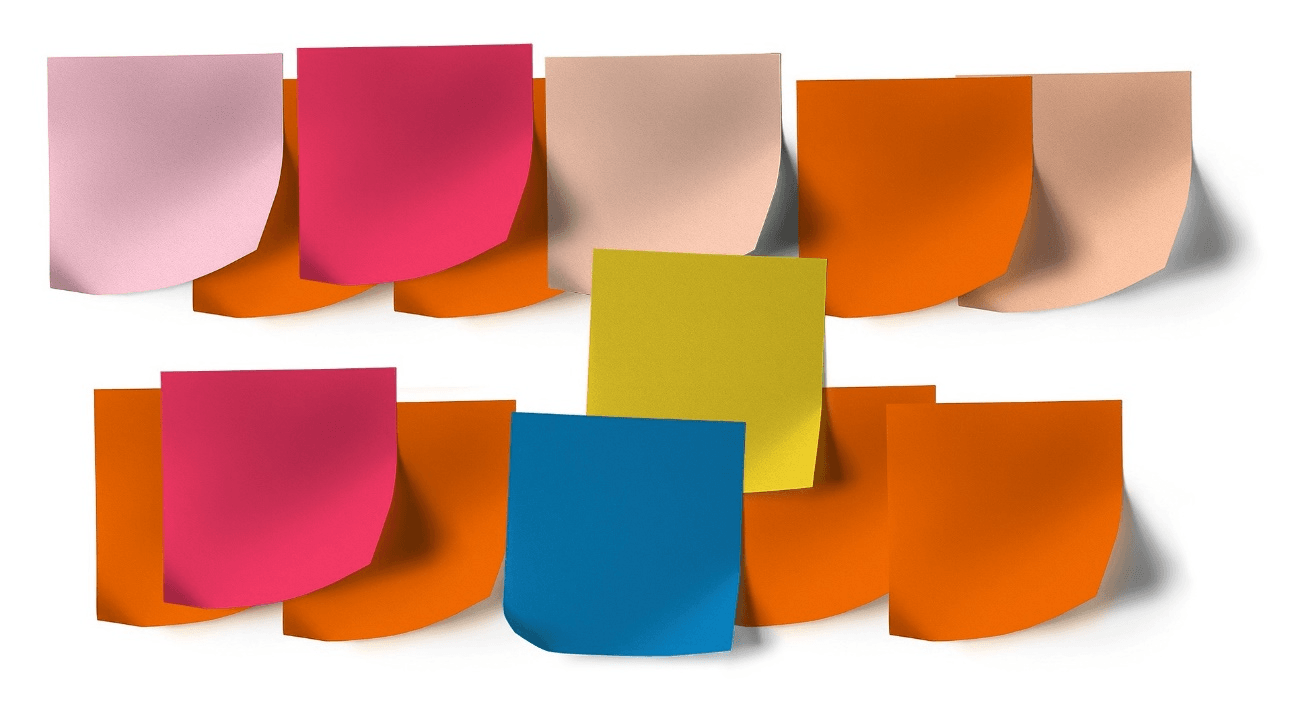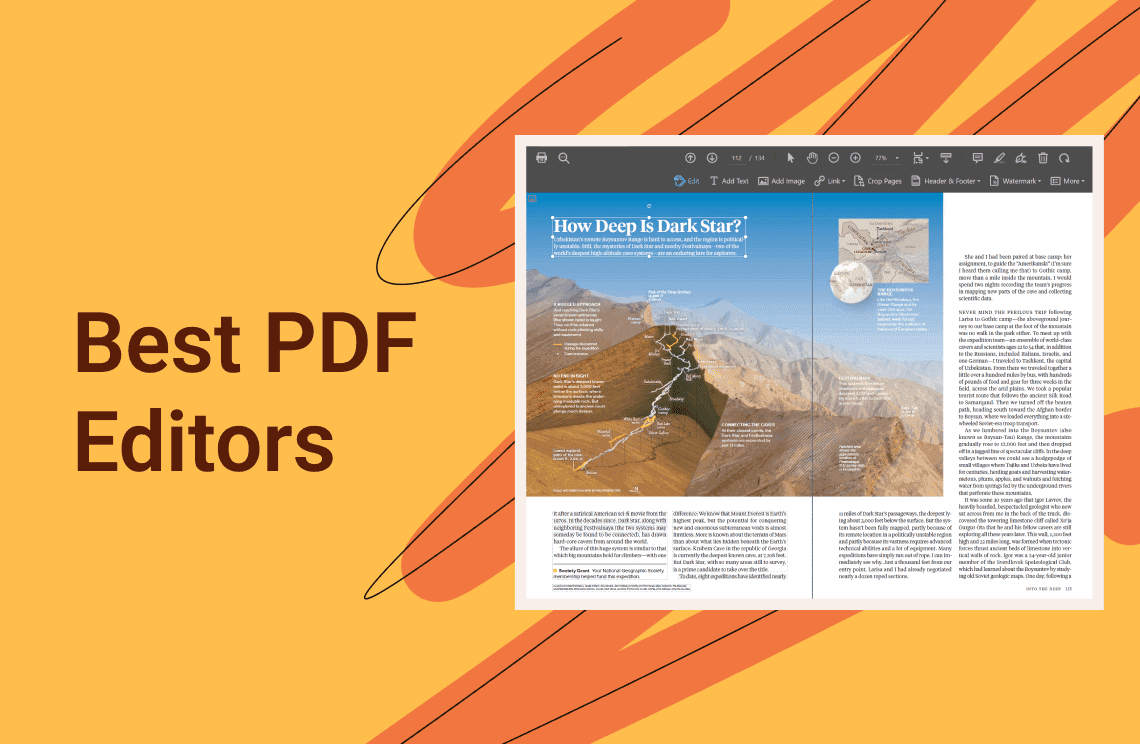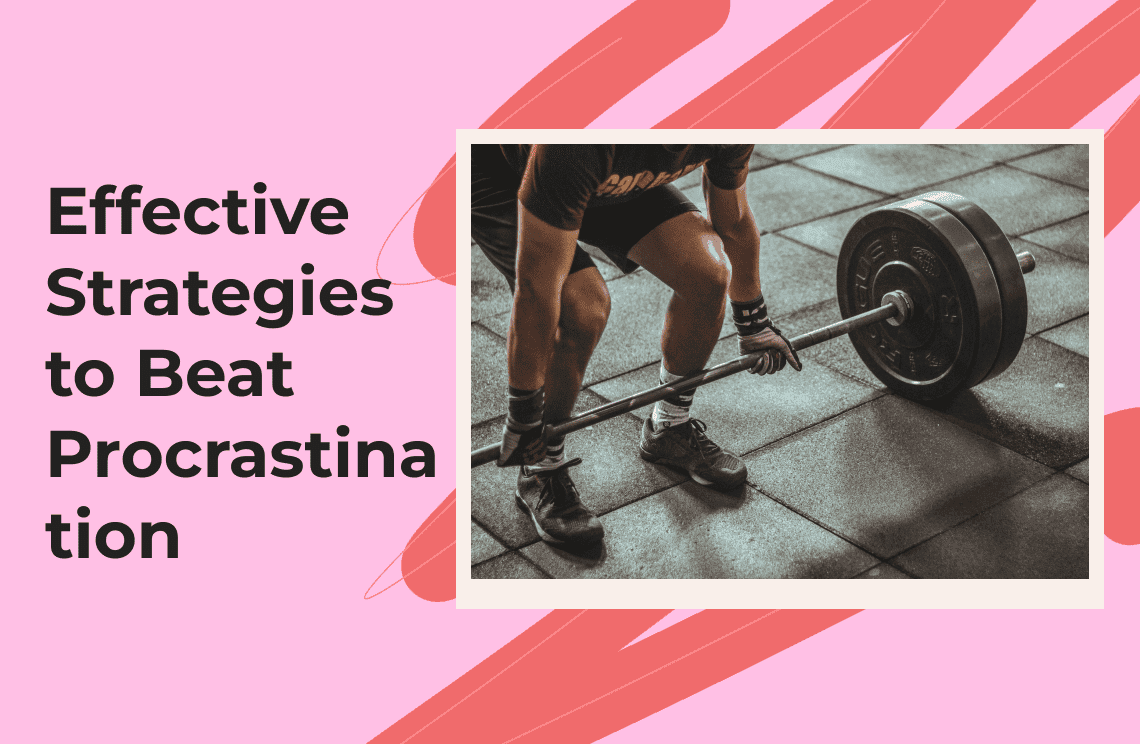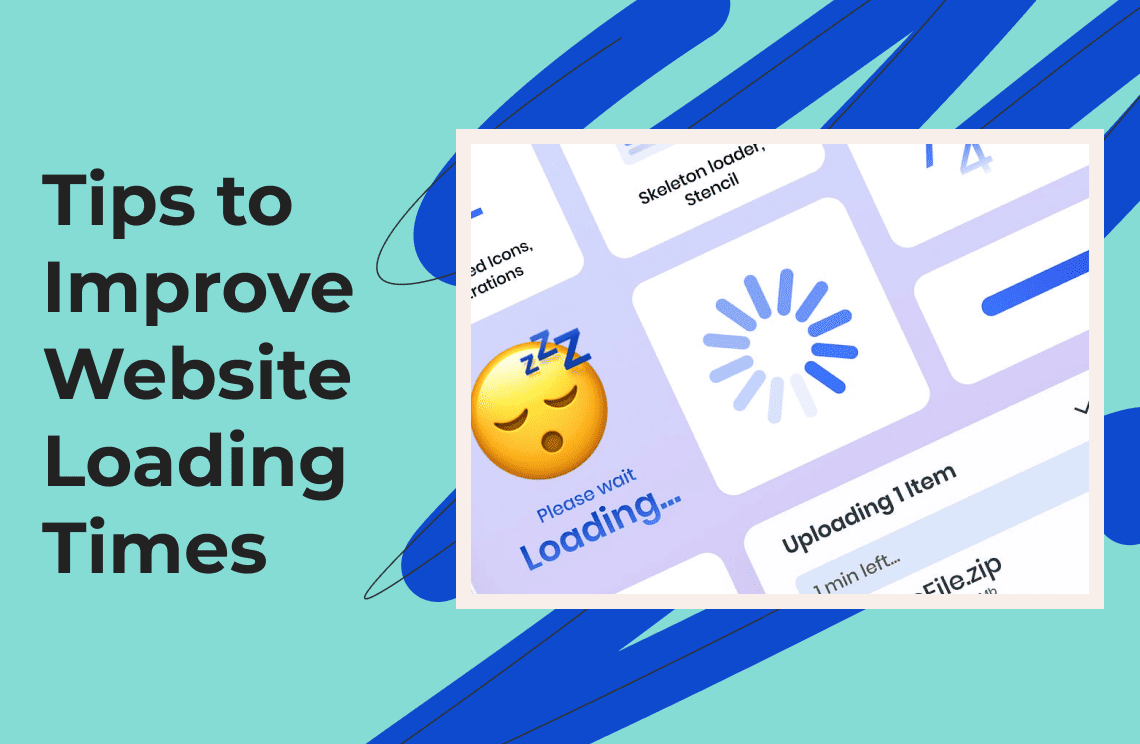Taking notes seems like such a simple thing to do. Most of us have done our share of note-taking, from our days in school all the way to our professional lives. But did you know that there are actually several different types or systems that you can use? The various note-taking strategies can have a great impact on memory retention or learning potential. Furthermore, choosing and using the right note-taking techniques can be critical in achieving success in your studies or career.
What Is My Learning Style?
Before you even take a look at the most popular note-taking strategies, it is imperative that you first identify your learning style. To do this, you would have to undergo a quick learning style assessment.
One of the most accurate ways to figure out your learning style is to take the Learning Styles Inventory or LSI test. This test consists of carefully curated questions that can identify one’s strengths and inclinations in terms of learning. There are now several versions of this test that you can take online or through various educational institutions.
Although the specific questionnaires may differ, any LSI test will give you the answer to the question, “what is my learning style?” For starters, it will determine whether you prefer learning from theory or from practical examples. It will also identify if you tend to concentrate on the general idea first and then go down into the details, or if you like to tackle details first and then gradually expand your understanding of the topic. The questions will also reveal if you lean more towards quiet reflection or interactive discussion as a way to learn.
According to the original developer of the LSI Test, there are four primary learning styles. Although many people would certainly employ a combination of multiple methods, each individual has a dominant style that they use in learning.
1. Diverging
Learners who use the diverging style like to feel and watch. They tend to learn a lot through observation and are excellent at analyzing matters from multiple points of view. Diverging learners perform best in discussions, group work, and activities that require creativity.
2. Assimilating
People who prefer to learn from abstract concepts rather than practical experiences are using the assimilating method. They thrive in theoretical learning and easily absorb information by reading and listening to lectures.
3. Converging
This learning style involves both thinking and doing. Hence, if you find that you learn more by applying ideas or skills in practical situations, then you are using this learning method. Those who use the converging style are often very competent in technical tasks and various problem-solving challenges.
4. Accommodating
Finally, accommodators are people who don’t rely so much on theoretical analysis but more on intuition and experimentation. Their learning style involves a lot of case studies, group work, and even role-playing.
What Are the Different Note-Taking Systems?
The different learning styles listed in the previous section each have their own unique features. The learning in each system can also be enhanced with the use of the right note-taking system. With that being said, most people would be surprised to learn that note-taking comes in a myriad of different forms. Some might not even realize that there is a methodology to the practice. However, it is also possible that you are using some of these methods, and you just don’t know what they are called.

Here are some of the most commonly used note-taking strategies, when they are most suitable, and how to best apply them.
1. Outline Method
One of the most frequently used note-taking techniques, the outline method is also one of the simplest. It works very well for quick note-taking, like when listening to a lecture or a corporate meeting. The structure is very organized, with a hierarchical style starting with the main topics on top and the subtopics indented on subsequent lines.
2. Cornell Method
The Cornell method of note-taking is best used for summarizing a lecture or reading material. You start by dividing the page into three parts. The left-hand column is for key points, the right-hand column is for detailed notes, and the bottom area is for the summary. This method promotes active recall, as your mind is actually thinking about the ideas as you go through the process. The layout of this system also makes for easy reviewing or revising later on.
3. Mind Map Method
For visual learners, the mind map method is one of the most effective methods of note-taking. In this strategy, the notes revolve around a central topic and branch out into related ideas or concepts. This particular type of note-taking is best used for brainstorming purposes and similar situations. Creativity can flow much more openly with this method and is also great for connecting ideas with one another.
4. Charting Method
In the charting method, the idea is to divide pieces of information into columns and rows, like a regular table or spreadsheet. It is most suitable when dealing with information that can fall under categories. You start by preparing the blank rows and columns, gradually filling them up with pertinent data as the lecture or reading proceeds. This method is highly useful for making comparisons as it is easy to point out similarities and differences across the categories.
5. Sentence Method
The sentence method is another very straightforward method of note-taking. Here, you simply jot down the most important bits of information in sentence form. It works best for fast-paced situations where you might not have ample time to categorize or instantly summarize the data. Instead of writing continuously though, it is much better to write each new sentence on a separate line for easier review.
6. Flow Notes Method
The Flow Notes method is one of the more flexible note-taking strategies. It allows you to combine words, symbols, or even drawings, using a free-flowing structure that you can make up as you go along. It might look a bit messy to someone who is not involved in the lecture. However, for the note-taker, it will make perfect sense. In fact, this is one of the best methods for active learning.
7. Bullet Journal Method
As you can imagine, this method makes heavy use of bullet points to represent notes, tasks, or events. For this reason, this technique is most applicable to things like to-do lists or task management. It is structured but loosely so, making it easily customizable for a range of purposes.
Choosing the Right Note-Taking System
Once you have figured out the best note-taking techniques that work with your style and situation, there are two ways that you can implement them. The traditional way is to use regular pen and paper, which many actually still do these days. The second way is to download a note-taking app, which can make your life so much easier in so many ways.

There is no shortage of note apps or software out there. Some of these are free while others are available for a nominal subscription fee and come with premium features. For instance, when it comes to free apps, Microsoft OneNote is one of the more popular choices. But it’s not just the cost you must consider.
As we said earlier, it is crucial that you take your learning style into consideration when choosing any note-taking tool. If you are a visual learner, Obsidian and Napkin are two of the top free options, while Miro and Notion both come with highly recommended paid subscriptions. If you like using the charting or outline method, Roam and Logseq get a lot of positive reviews.
At the end of the day, in order to find the perfect note system, it would be best if you try out a few different apps and get a feel of each one. Once you find one that complements your learning style, you can see a massive improvement in data retention, note organization, and overall performance in your studies or career.





